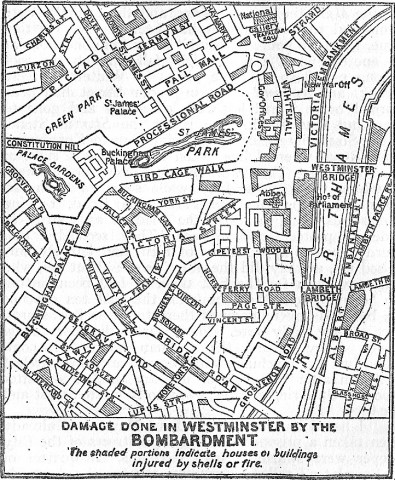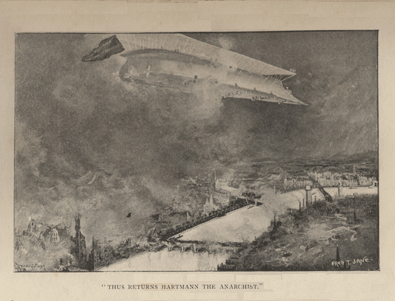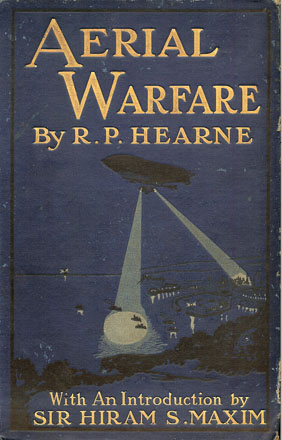Destroying London
I recently had the somewhat guilty pleasure of watching Flood, a film (from a novel) about the sudden devastation of London by a massive storm surge — predicted by a scientist who had long been dismissed as a crank — which swamps the Thames Barrier, submerges most of the city’s landmarks, kills a couple of […]





